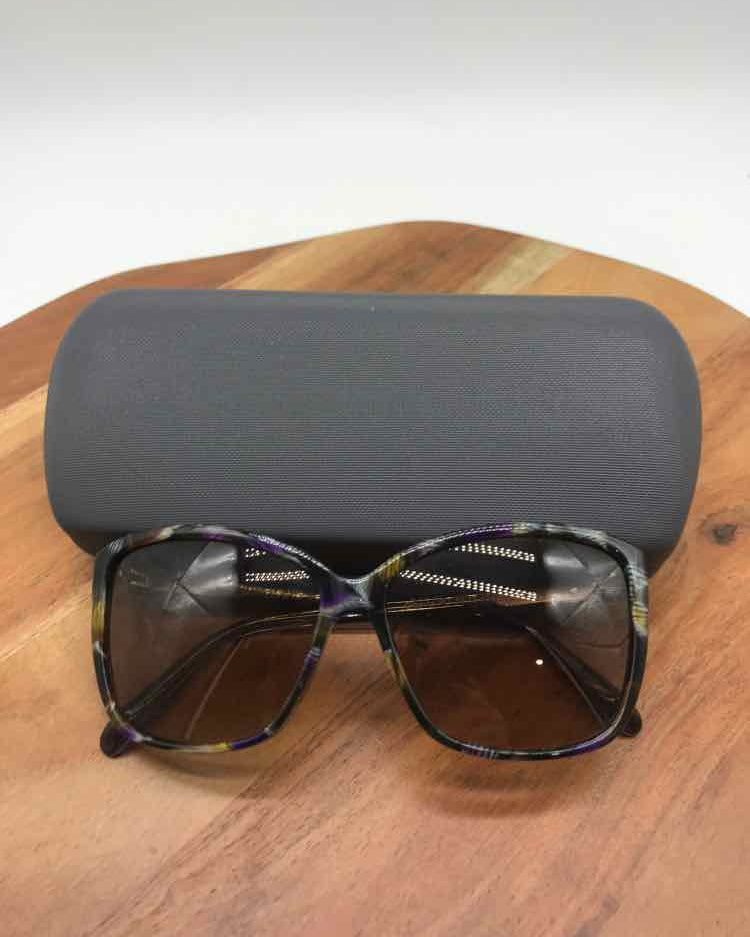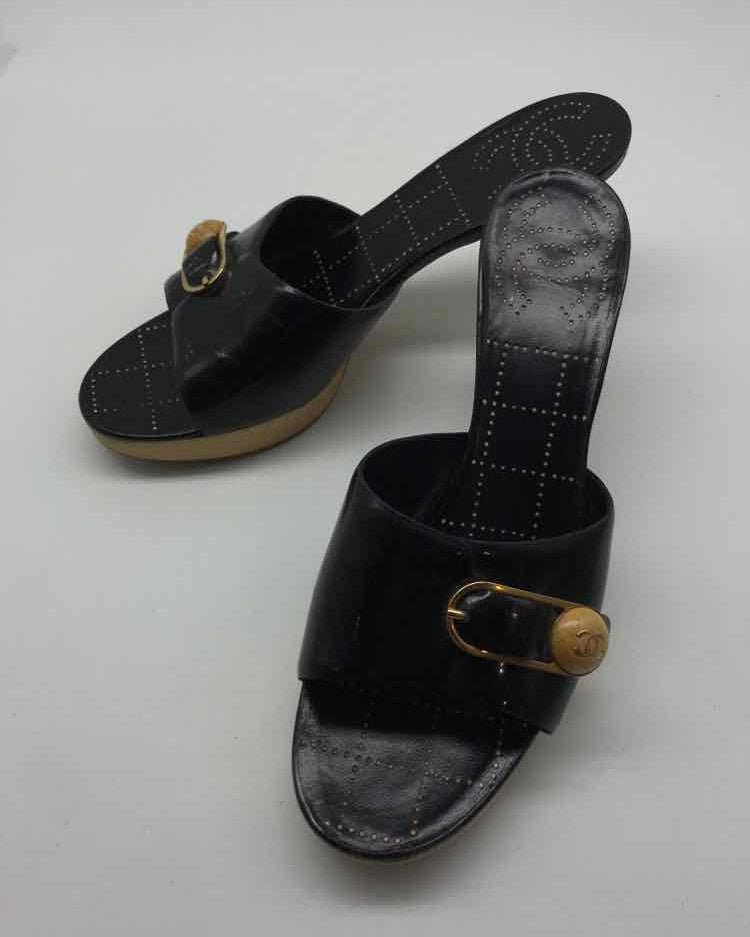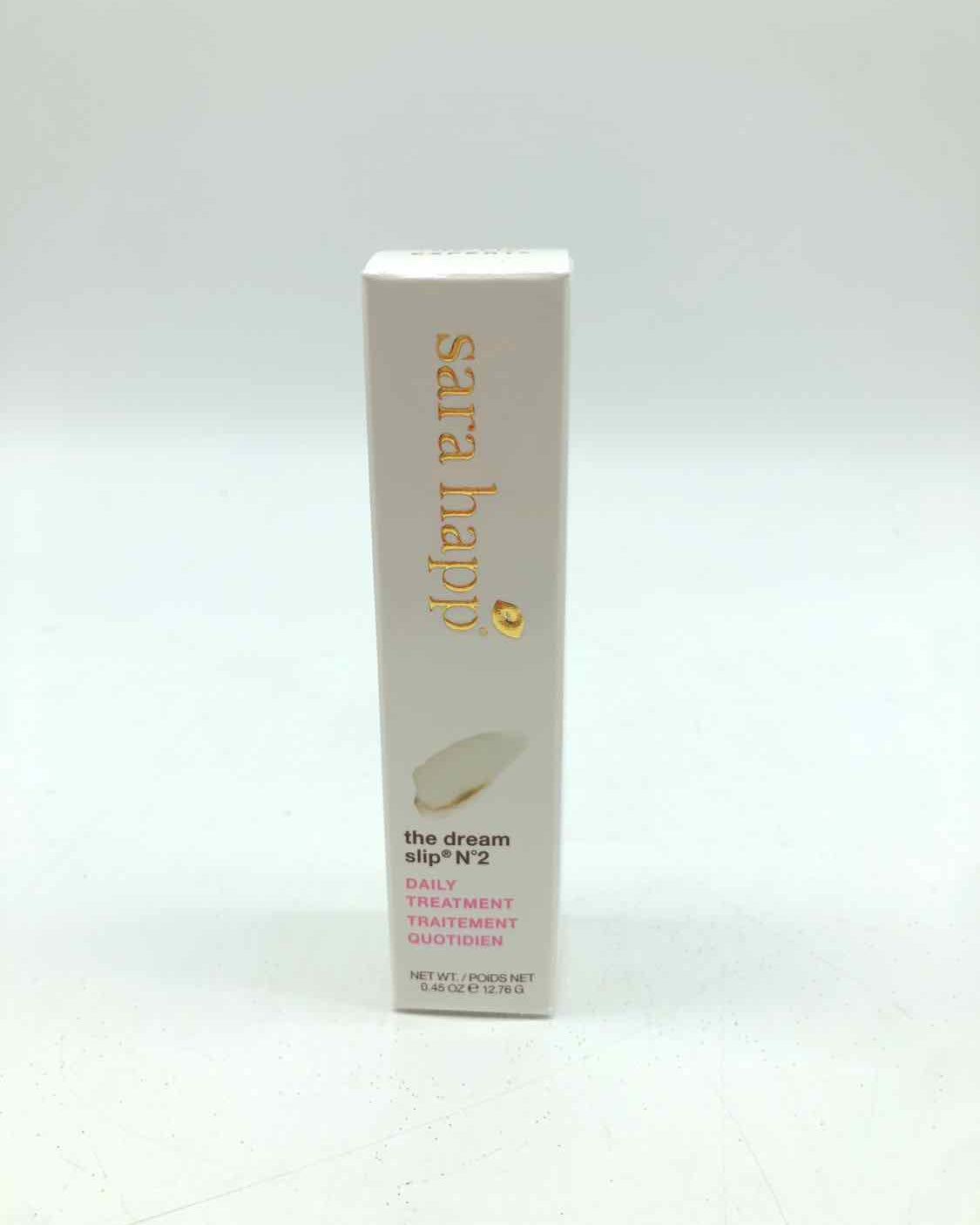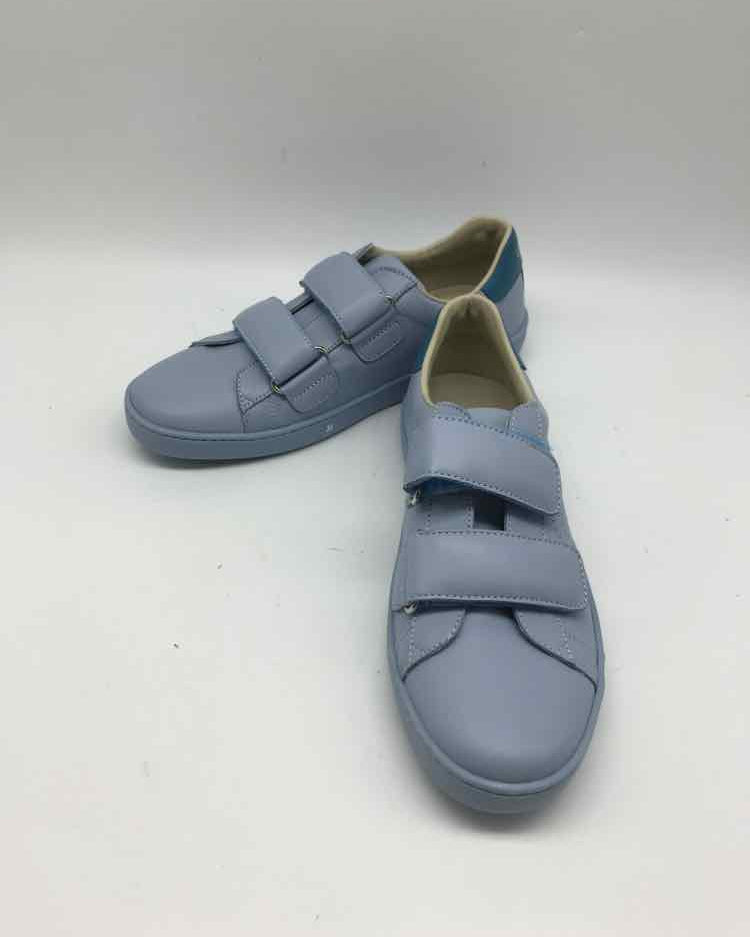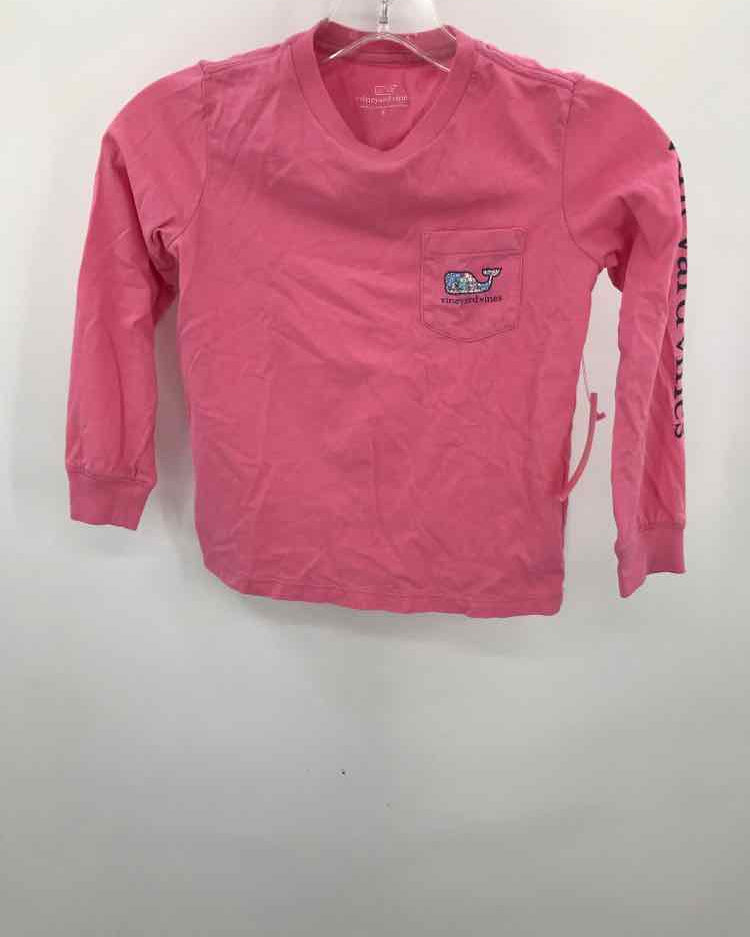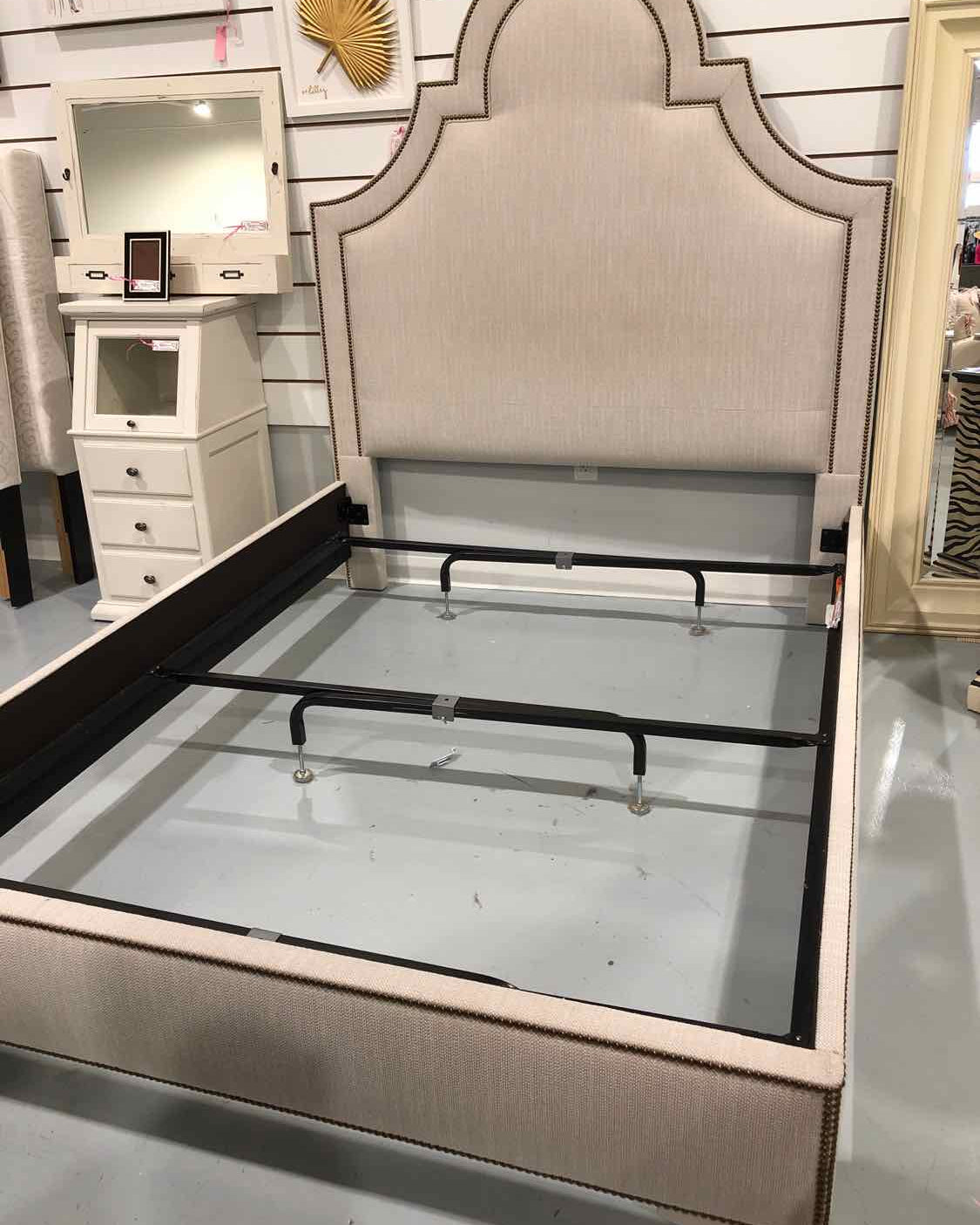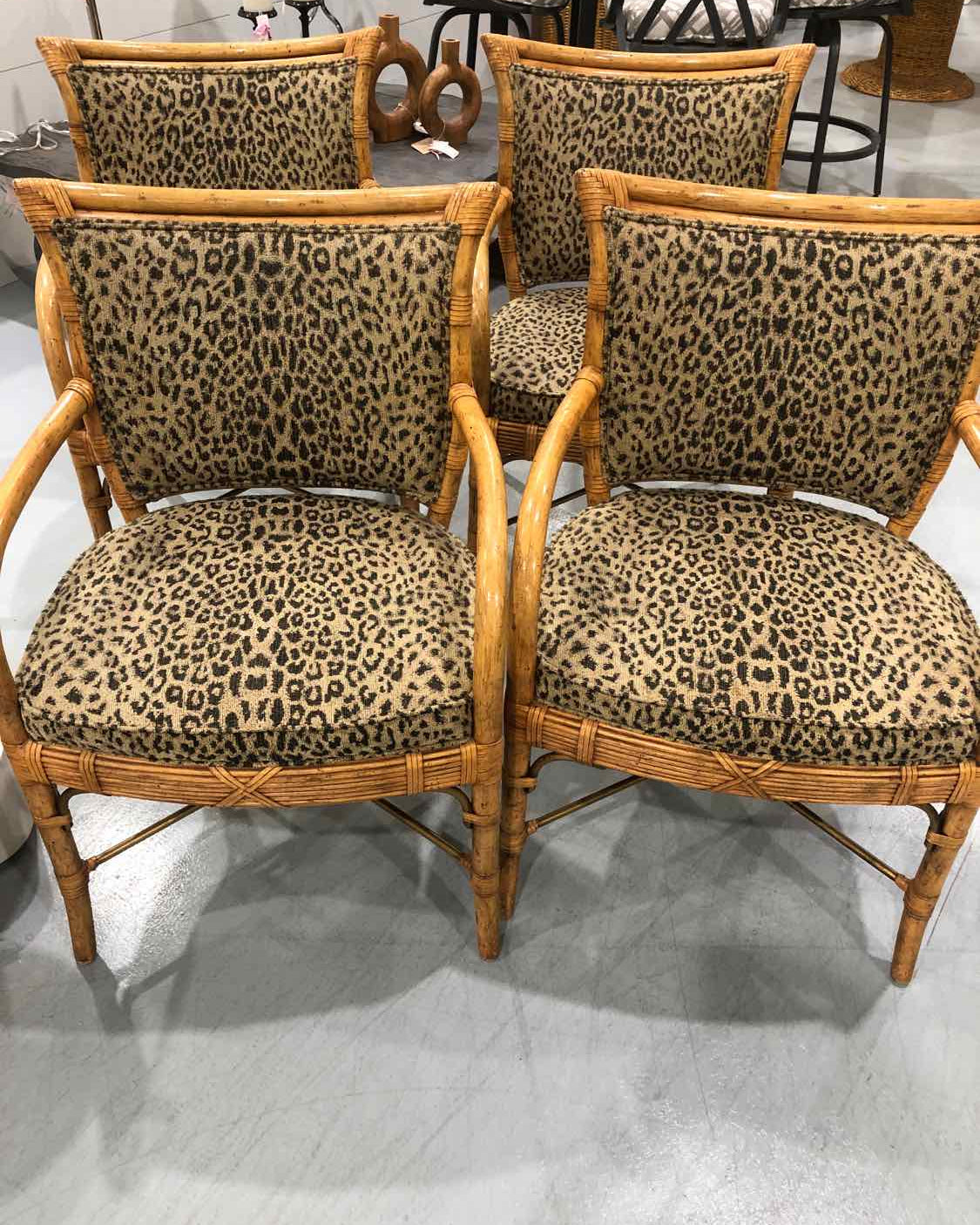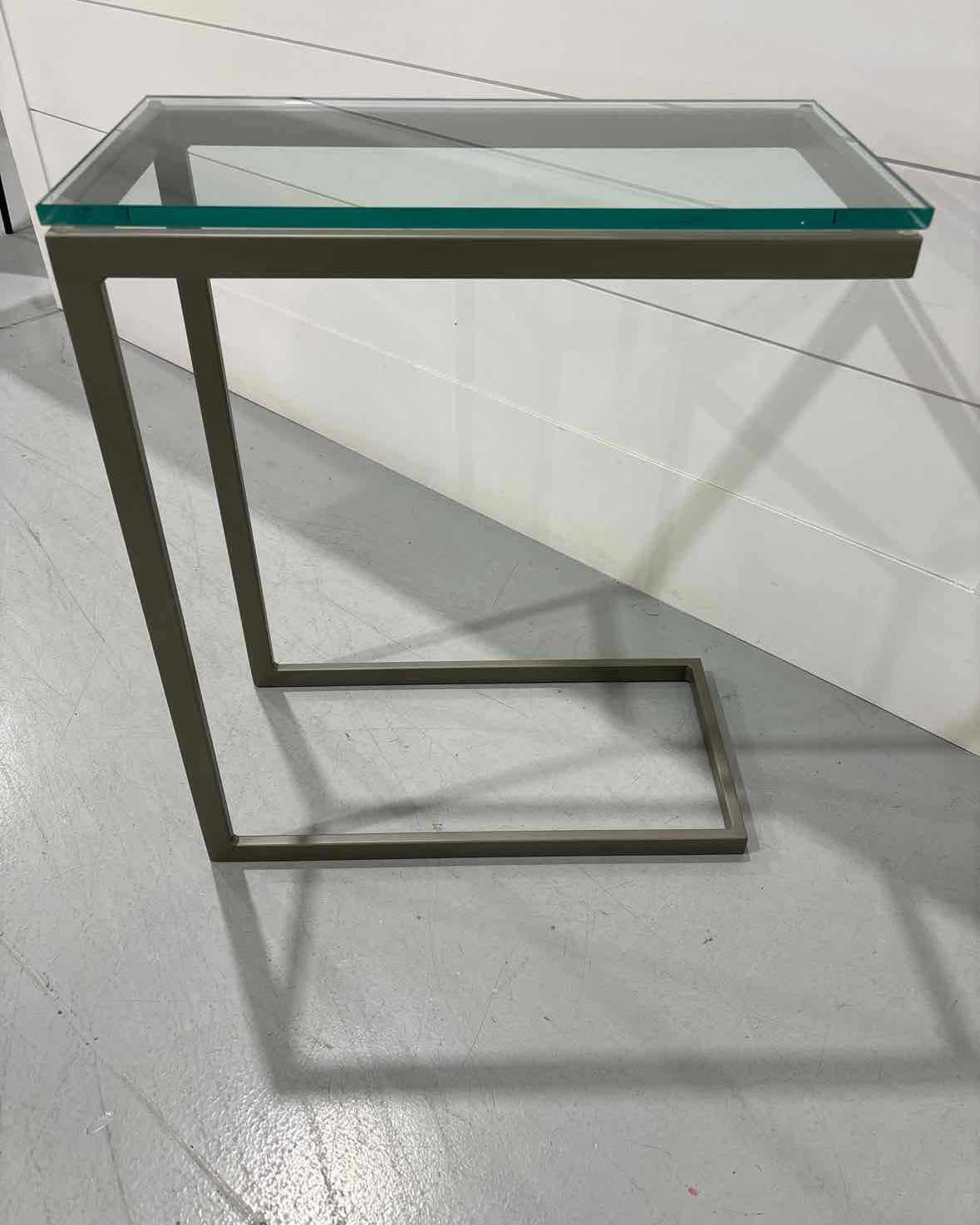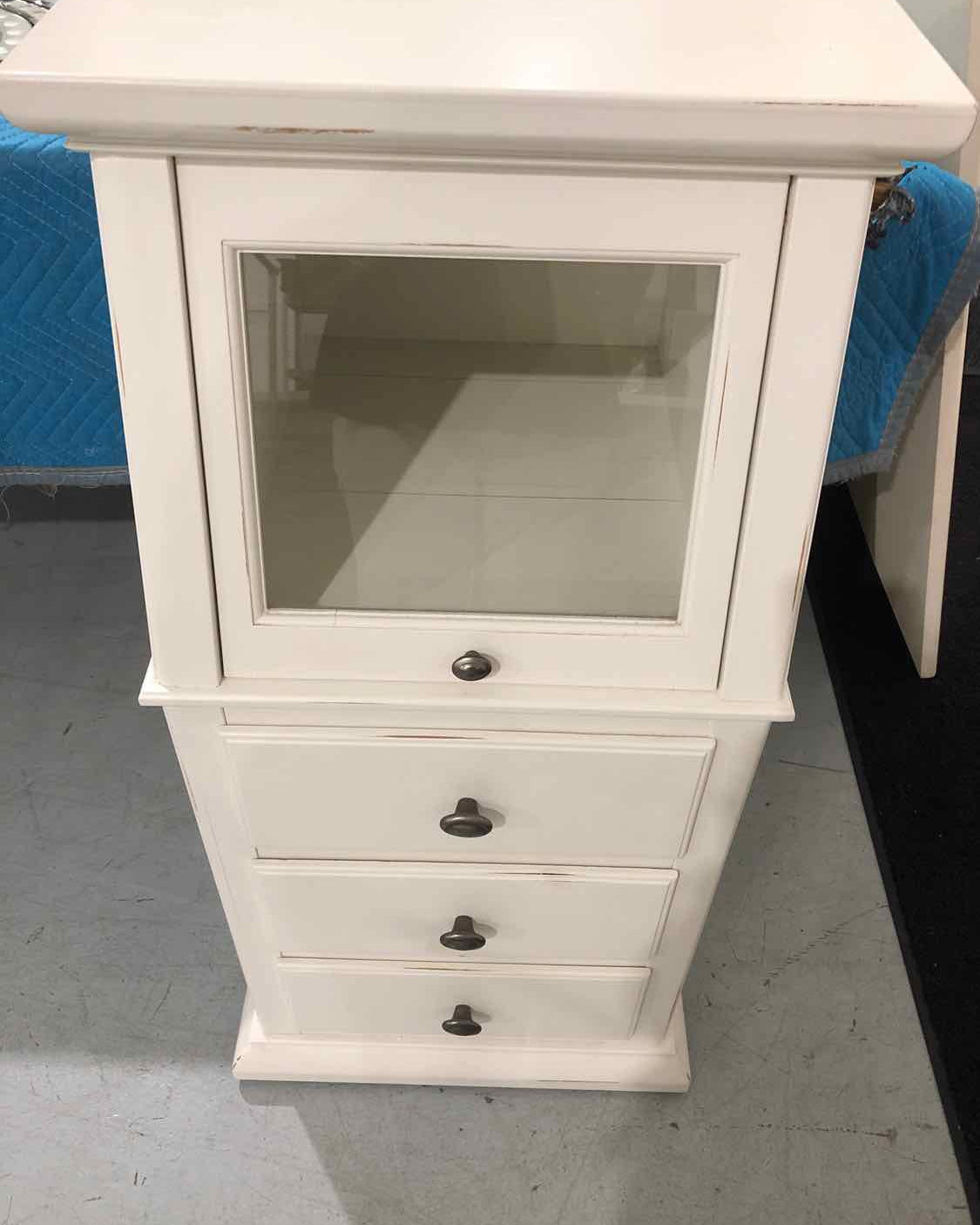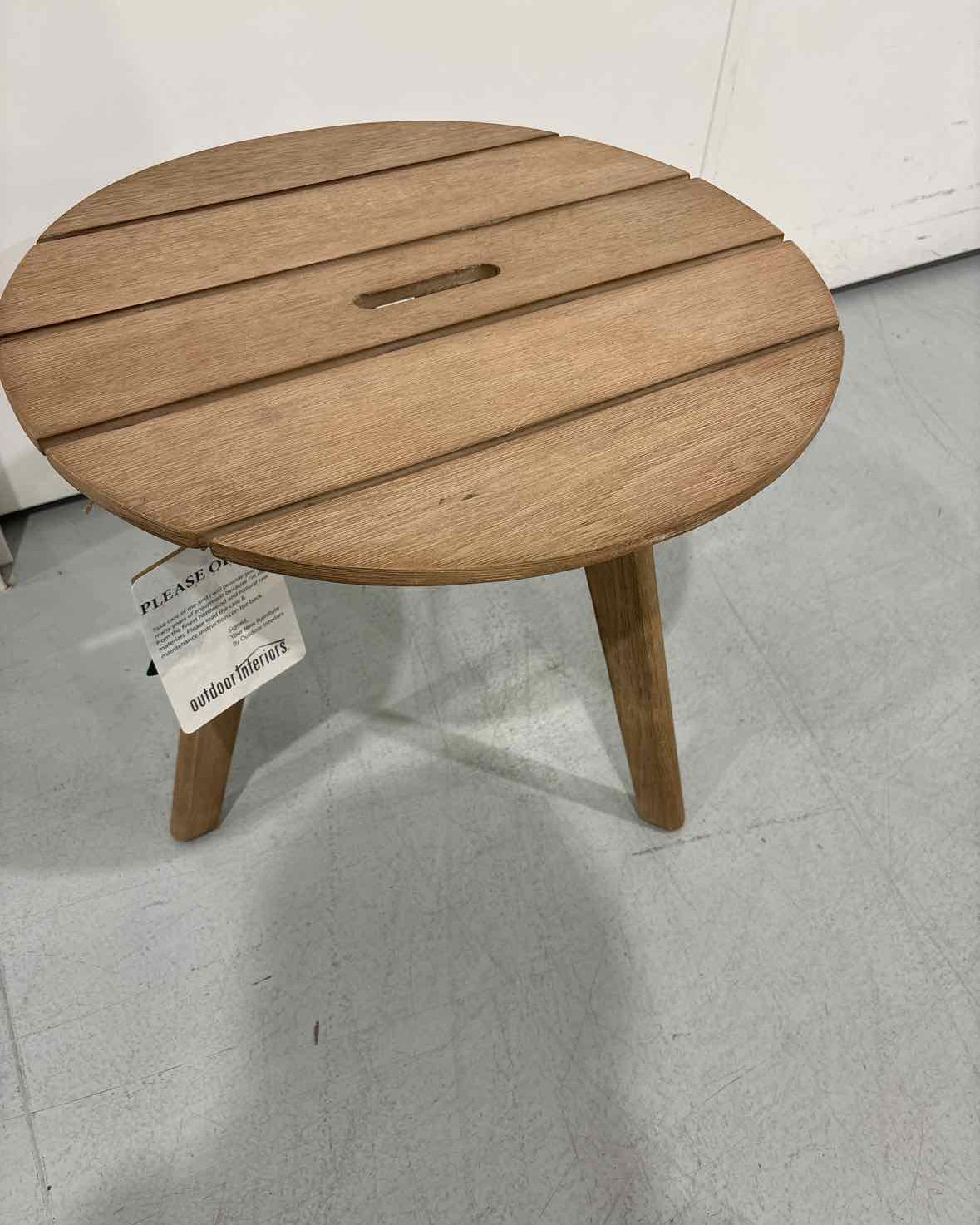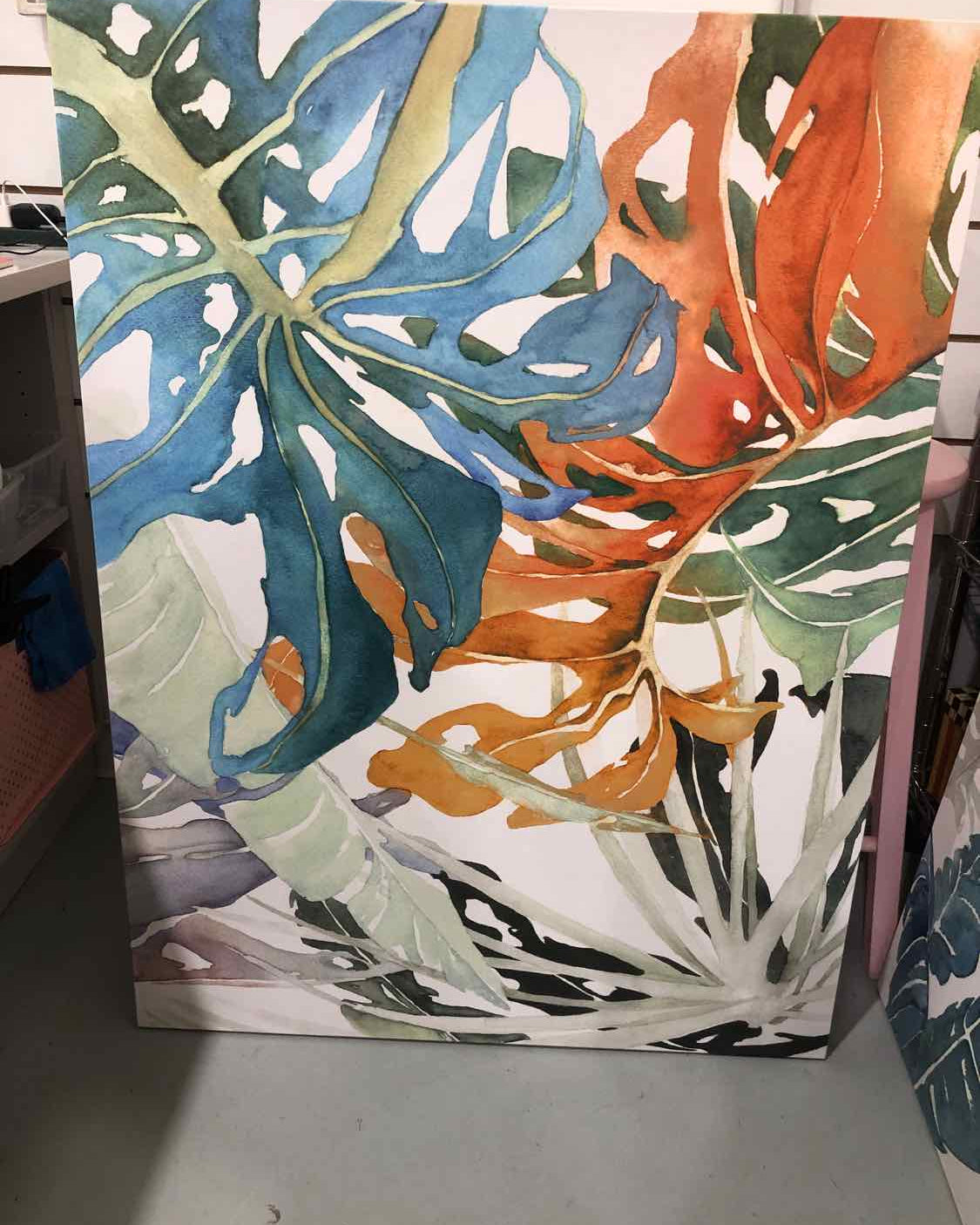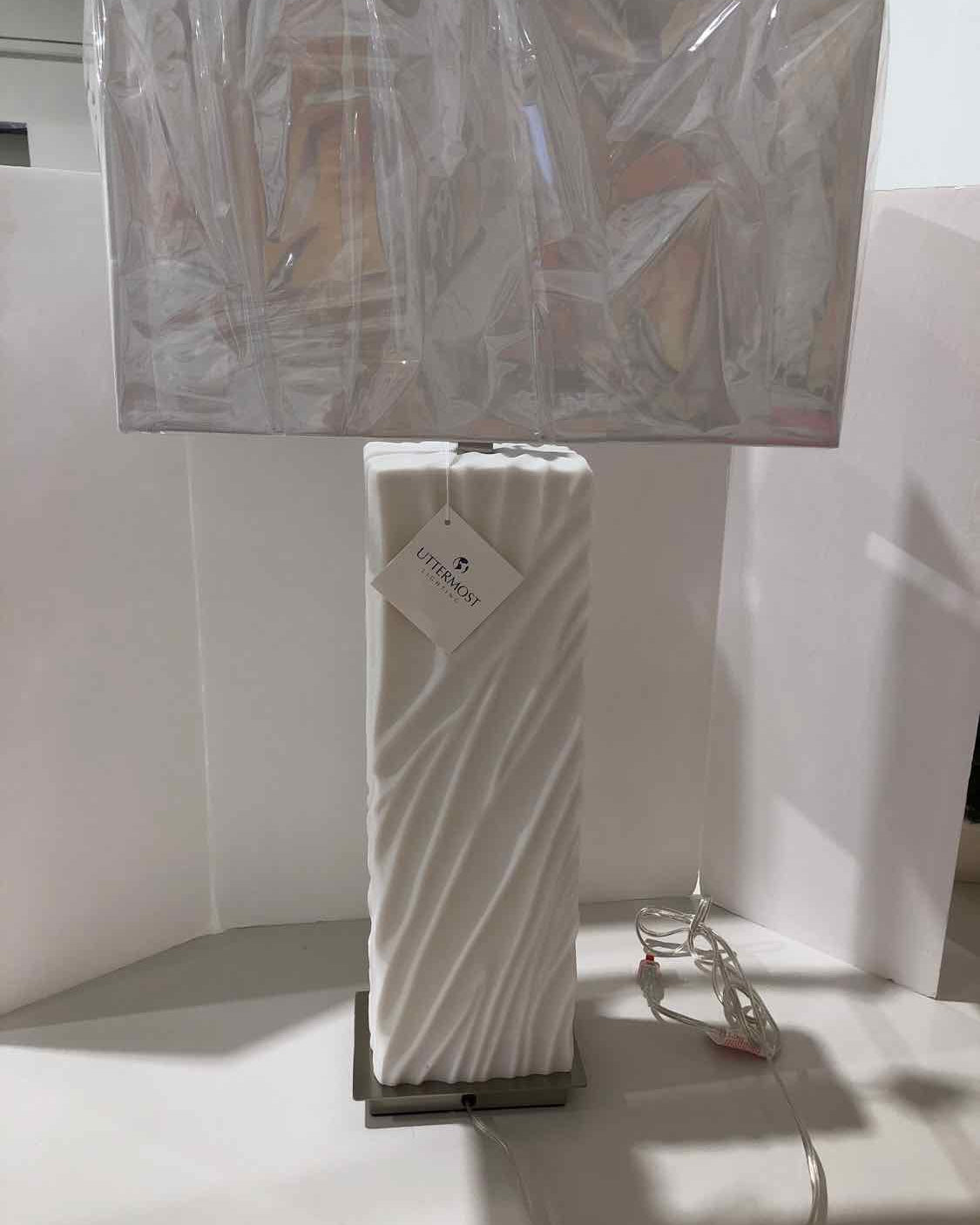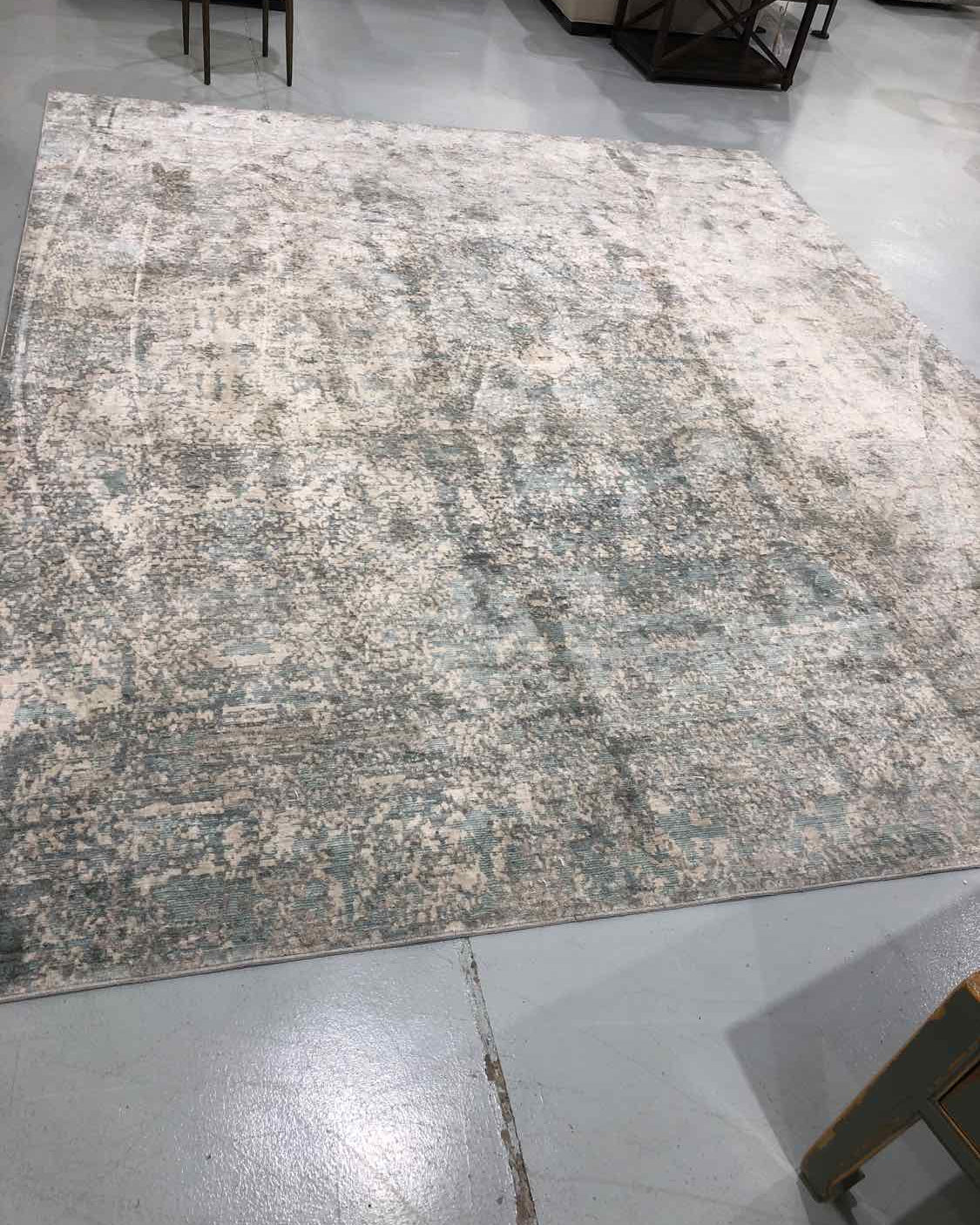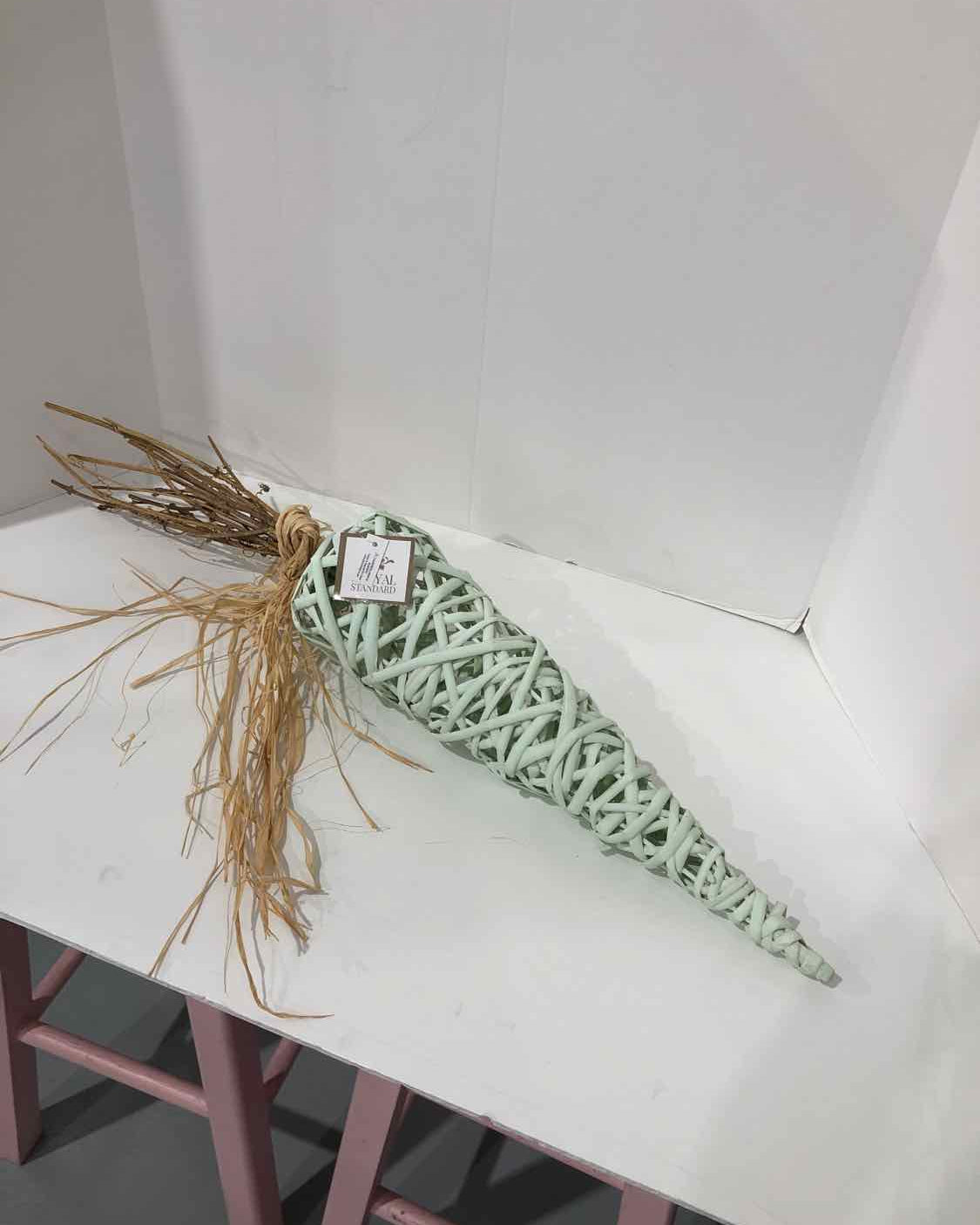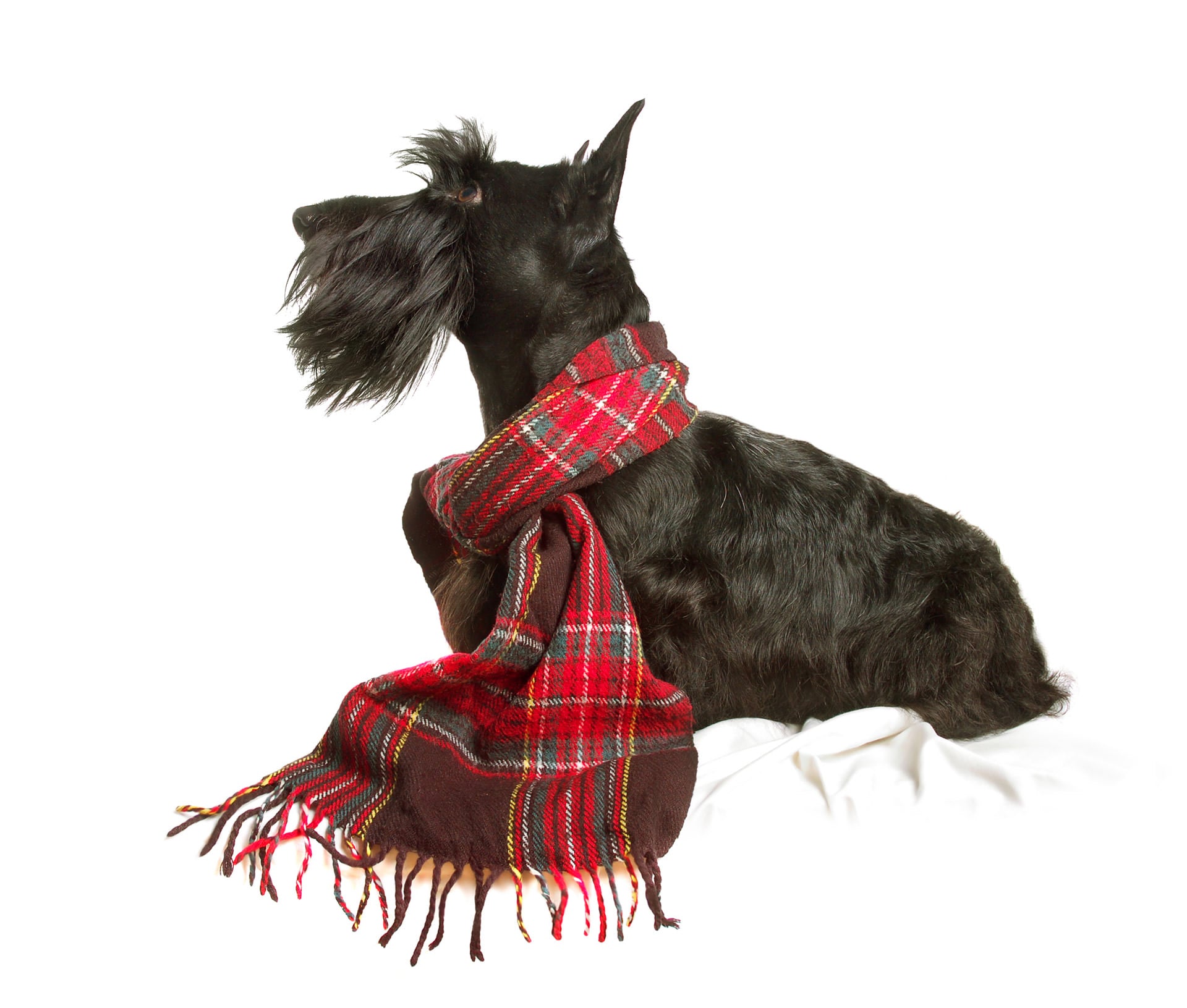HISTORY OF PLAID
Long before Burberry…make that looooong before Burberry, there was plaid. Besides Burberry, images of 90’s grunge fashion more than likely might pop into your head. No? How about that other iconic 90’s plaid moment, the movie Clueless? Alicia Silverstone and her True Fashionista gang pretty much vaulted plaid into high fashion with those short-skirted plaid outfits. And we were totally buggin’. As if!
Plaid has actually had its place firmly planted in wardrobes dating back to the 16thcentury, where it was originally known as tartan. Lovetoknow.com shares, “In the early Celtic culture of Scotland and Ireland, a type of shaped cloak known as a mantle was worn. In the sixteenth and seventeenth centuries, this developed into the simple, untailored length of cloth known as the plaid. Plaids or plaiding were Scottish terms used to describe the relatively coarse woven twilled cloth that might be used, for example, for bed coverings as well as garments. Indeed the Gaelic meaning for the word plaideis blanket, whereas the plaid as a garment tends to be referred to as a breacan, the belted plaid, which was commonly worn by men in Highland Scotland. Women throughout Scotland wore the plaid as a large tartan shawl, a style that was popular until the mid-eighteenth century (Dunbar 1981, p. 125; Cheape 1995, pp. 3-20).”
Wait, we’re almost confused. Where many interchange the words to describe the same design, turns out that tartan and plaid describe two different things. Plaids are patterns of stripes that meet at right angles, while tartans feature matching horizontal and vertical patterns to create a perfect grid. This blending of design and overlap of color can create thousands of potential patterns (Classroom).
The Scots take their tartans quite seriously. The official Scottish Register of Tartans established by the Scottish Parliament lists over 7,000 tartans representing royal and military clans. More recently, tartans have been designed to honor a person or entity. When relations between Scotland and England went south during the Scottish Rebellion of 1745, Britain actually forbade their citizens to wear it, the ban lasting a good 50 years or so under the Dress Act. Yes, there really was a Dress Act.
In the early 19thcentury, plaid officially became a U.S. thang, thanks to midwestern company Woolrich Woolen Mills, originators of the True Fashionista large-checked Buffalo plaid print we most often associate with woodsy things like hunting and the lumberjack trade. (two words: Paul Bunyan)
Clothing company Pendleton caught the wave in 1924, debuting a mass-produced version for men, which became an instant casual wear hit. In 1936, flannel caught its next big break: During a particularly bitter winter snowstorm, the little town of Cedar Springs began to produce its own red flannel, and the print began to take root as a winter staple. Pendleton generated an upswing in interest by adding a female version of the shirt in 1949, then received another popularity boost some 10 years later, thanks to the originators of the Cali surfer music sound. The Beach Boys were such fans that they originally named themselves the Pendletones, sporting Pendleton blue and green plaid shirts on the covers of their 45s and LPs throughout the early sixties.
It took another 30 years to shine the spotlight on plaid, thanks to rock bands like Nirvana and Pearl Jam and the Seattle-based grunge movement, its uniform pairing Doc Martens with comfy oversized checked shirts firmly wrapped around one’s waist. The year was 1992, and designers in turn responded. Marc Jacobs launched a landmark collection for Perry Ellis featuring thermal shirts in cashmere and plaids in silk, a move that famously got him fired. A year later, plaid showed up in the New York shows of Christian Francis Roth and Anna Sui.
Its 2019, and plaid is here to stay. Vogue reports from the Pre-Fall excitement of the fashion world, “No pattern is as associated with fall and the back-to-school season quite like plaid. And yet in the hands of Burberry, Brock Collection, and Monse, plaid has lost its schoolgirl edge and assumed a new, cooler stance. Whether spliced with lace, as at Prabal Gurung, or mashed up à la Preen by Thornton Begrazzi, plaids, tartans, and checks of all strokes are experiencing a renaissance.”
If you’ve got something in plaid and think it’s done, you might want to keep it around for a bit. The stuff seems to have a very True Fashionista shelf life.
The post HISTORY OF PLAID appeared first on True Fashionistas.

